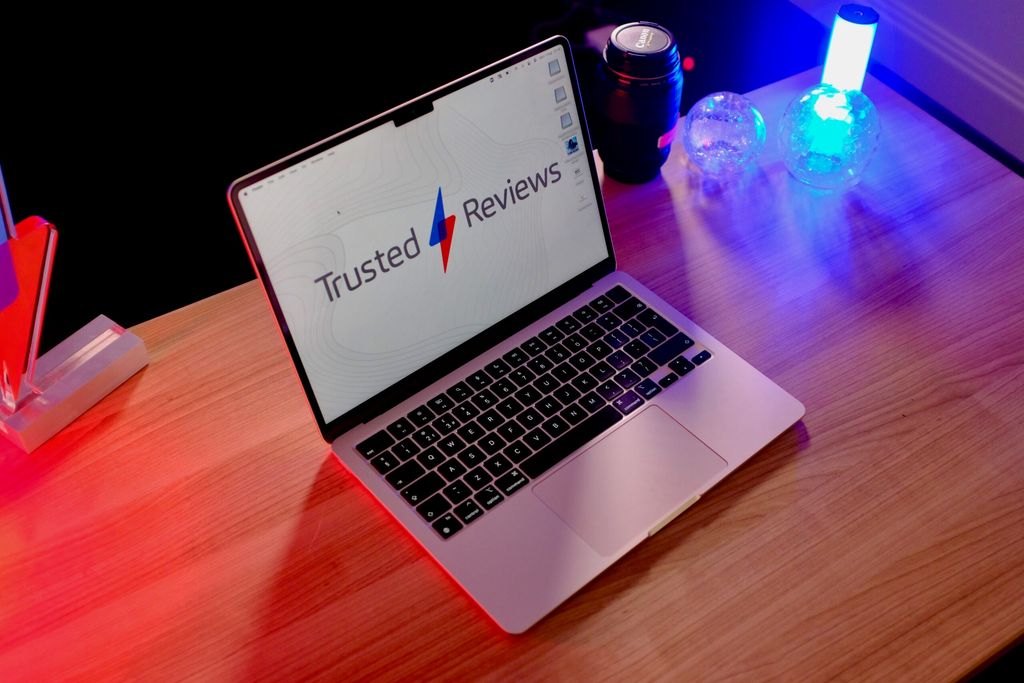
In today's fast-paced academic environment, email has become an essential tool for communication and collaboration. However, managing and staying productive with a flooded inbox can be a challenge. Luckily, there are several email productivity tools and strategies that can help academics stay organized and efficient. This article explores some of the top email management tools, productivity strategies, collaboration tools, and time management techniques that can enhance academic email productivity.

The Inbox Zero Method is a popular email management strategy that aims to keep your inbox empty or close to empty at all times. The goal is to process and organize incoming emails efficiently, so they don't pile up and become overwhelming. Here are some key steps to implement the Inbox Zero Method:
Implementing the Inbox Zero Method can significantly improve your email productivity and reduce the time spent managing your inbox.
Email filters and rules are powerful tools that can help you manage your inbox more efficiently. With email filters, you can automatically sort incoming emails into specific folders based on criteria such as sender, subject, or keywords. This can help you prioritize and organize your emails, making it easier to find important messages and reducing the time spent on sorting through irrelevant ones.
Additionally, email rules allow you to automate certain actions for incoming emails. For example, you can set up a rule to automatically mark emails from specific senders as important or to forward emails with specific keywords to a designated colleague. By leveraging email filters and rules, you can streamline your email management process and ensure that important messages are not overlooked.
Email templates are pre-designed email formats that can be used for common types of emails, such as introductions, follow-ups, or thank-you messages. They can save you time and effort by providing a starting point for your email content. Using email templates can help ensure consistency in your communication and make it easier to respond to emails quickly.
Here are a few benefits of using email templates:
Tip: Customize the templates to add a personal touch and address specific recipient needs.
Consider using email templates to streamline your email communication and improve your productivity.
Email scheduling is a valuable feature offered by many email management tools. This feature allows you to compose an email and schedule it to be sent at a later time. Scheduling emails can be particularly useful when you want to ensure that your message reaches the recipient at the most opportune moment.
By scheduling emails, you can avoid sending messages during non-working hours or when the recipient is likely to be overwhelmed with other emails. This can help improve the chances of your email being read and responded to in a timely manner.
Additionally, email scheduling can be beneficial for managing different time zones. If you need to communicate with individuals in different parts of the world, scheduling emails can help you send messages at a time that is convenient for the recipient.
To use the email scheduling feature, simply select the desired date and time for the email to be sent. The email management tool will take care of sending the message at the specified time, even if you're not actively using your email client.
Here is an example of how email scheduling can be used effectively:
By utilizing the email scheduling feature, you can streamline your communication and ensure that your emails are sent at the most appropriate times.

Batch processing is a productivity strategy that involves grouping similar tasks together and completing them in one dedicated time block. By focusing on a specific type of task at a time, you can minimize context switching and increase efficiency. This technique is particularly useful for repetitive or time-consuming tasks that can be easily grouped together. By implementing batch processing, you can streamline your workflow and save valuable time.
Prioritization techniques are essential for managing your workload effectively. By determining the importance and urgency of tasks, you can allocate your time and resources efficiently. Here are some strategies to help you prioritize your tasks:
Implementing these prioritization techniques can help you stay focused, meet deadlines, and achieve your goals.
Using keyboard shortcuts can greatly improve your email productivity. Instead of relying on the mouse to navigate through your email client, you can use keyboard shortcuts to perform common actions quickly and efficiently. Here are some benefits of using keyboard shortcuts:
To start using keyboard shortcuts, familiarize yourself with the shortcuts specific to your email client. Most email clients have a list of available shortcuts that you can access through the settings or help menu. Take some time to learn and practice these shortcuts, and you'll soon find yourself navigating and managing your email more efficiently.
One effective strategy to manage email overload is to regularly unsubscribe from unnecessary email subscriptions and declutter your inbox. By unsubscribing from irrelevant newsletters and promotional emails, you can reduce the amount of incoming emails and focus on the ones that are truly important. Decluttering your inbox involves organizing and archiving emails that are no longer needed, creating folders or labels to categorize emails, and deleting spam or junk emails. This helps in keeping your inbox clean and organized, making it easier to find and respond to important emails.

Shared inbox platforms are collaborative tools that allow multiple users to access and manage a shared email inbox. These platforms streamline communication and improve productivity by centralizing email correspondence for teams or departments. Some popular shared inbox platforms include:
Front: Front is a shared inbox platform that offers features like email assignment, internal comments, and email templates. It allows teams to collaborate efficiently and ensures that no email is left unanswered.
Help Scout: Help Scout is a customer support platform that includes a shared inbox feature. It provides a simple and intuitive interface for managing customer emails, allowing teams to work together seamlessly.
Hiver: Hiver is a shared inbox and email collaboration tool that integrates with Gmail. It offers features like email delegation, shared labels, and email notes, making it easier for teams to collaborate on email responses.
Shared inbox platforms are especially useful for teams that need to handle a high volume of emails and require efficient collaboration and communication.
Project management software is a valuable tool for organizing and coordinating tasks, timelines, and resources within a project. It provides a centralized platform where team members can collaborate, track progress, and communicate effectively. Some popular project management software options include:
Using project management software can greatly enhance productivity by providing a structured framework for managing projects and ensuring efficient collaboration among team members.
File sharing and document collaboration tools are essential for efficient teamwork and seamless communication. These tools enable users to share files, collaborate on documents in real-time, and track changes. They eliminate the need for back-and-forth email exchanges and ensure that everyone has access to the most up-to-date version of files. Some popular file sharing and document collaboration tools include Google Drive, Dropbox, Microsoft OneDrive, and Box. These platforms offer secure storage, easy file sharing, and robust collaboration features.
Video conferencing tools have become essential for remote collaboration and communication. With the increasing popularity of remote work, these tools enable teams to connect and collaborate effectively, regardless of their physical location. Here are some popular video conferencing tools:
Using these tools, teams can conduct virtual meetings, share presentations, and collaborate in real-time, enhancing productivity and efficiency.

The Pomodoro Technique is a time management method that uses a timer to break work into intervals, traditionally 25 minutes in length, separated by short breaks. It is named after the tomato-shaped kitchen timer that the creator, Francesco Cirillo, used as a university student. The technique aims to improve productivity by allowing individuals to focus on a single task for a set amount of time and then take a short break before moving on to the next task.
Time blocking is a popular productivity technique that involves scheduling specific blocks of time for different tasks or activities. By allocating dedicated time slots for specific activities, you can improve focus and productivity. Prioritization is key when using time blocking. Start by identifying your most important tasks and allocate time blocks for them. This ensures that you prioritize important tasks and allocate sufficient time for them. Additionally, time blocking can help you avoid multitasking, as you focus on one task at a time during each time block.
One way to implement time blocking is by using a Markdown table to create a visual schedule. The table can include columns for time slots and rows for different activities or tasks. This allows you to see your schedule at a glance and helps you stay organized. Alternatively, you can use a bulleted or numbered list to outline your time blocks and activities. This provides a clear structure and makes it easy to follow your schedule.
Tip: When time blocking, it's important to be realistic with your time estimates. Leave some buffer time between tasks to account for unexpected delays or interruptions.
Task prioritization is a crucial aspect of effective time management. By prioritizing tasks, you can ensure that you focus on the most important and urgent tasks first. This helps you make progress on your goals and meet deadlines. Here are some strategies to help you prioritize your tasks:
Avoiding multitasking is crucial for improving productivity. Focusing on one task at a time allows you to give your full attention and energy to that task, resulting in better quality work. Multitasking can lead to decreased efficiency and increased errors.
To avoid multitasking, try implementing the following strategies:
Remember, by avoiding multitasking, you can enhance your productivity and achieve better results.
In conclusion, the use of academic email productivity enhancer tools and strategies can greatly improve efficiency and effectiveness in managing emails. By implementing techniques such as email prioritization, automated responses, and email templates, academics can save time, reduce stress, and focus on more important tasks. Additionally, the adoption of inbox organization methods and email management apps can further enhance productivity. It is important for academics to stay updated with the latest tools and strategies in order to stay on top of their email communication and maximize their productivity.
To achieve Inbox Zero, you can start by organizing your emails into folders, archiving or deleting unnecessary emails, and setting up filters and rules to automatically sort incoming emails.
Some effective email templates to use include introduction emails, follow-up emails, meeting request emails, and email responses for common inquiries.
To improve your email response time, you can set aside dedicated time slots for checking and responding to emails, utilize email scheduling tools, and prioritize urgent emails.
Using keyboard shortcuts in email management can help you save time and increase efficiency. They allow you to perform actions quickly, such as composing new emails, archiving, deleting, or moving emails, and navigating through your inbox.
To declutter your email inbox, you can unsubscribe from unnecessary mailing lists, create filters to automatically sort incoming emails, regularly delete or archive old emails, and use the search function to find specific emails when needed.
Some recommended project management software for collaboration include Trello, Asana, Monday.com, and Basecamp. These tools allow teams to organize tasks, track progress, and communicate effectively.